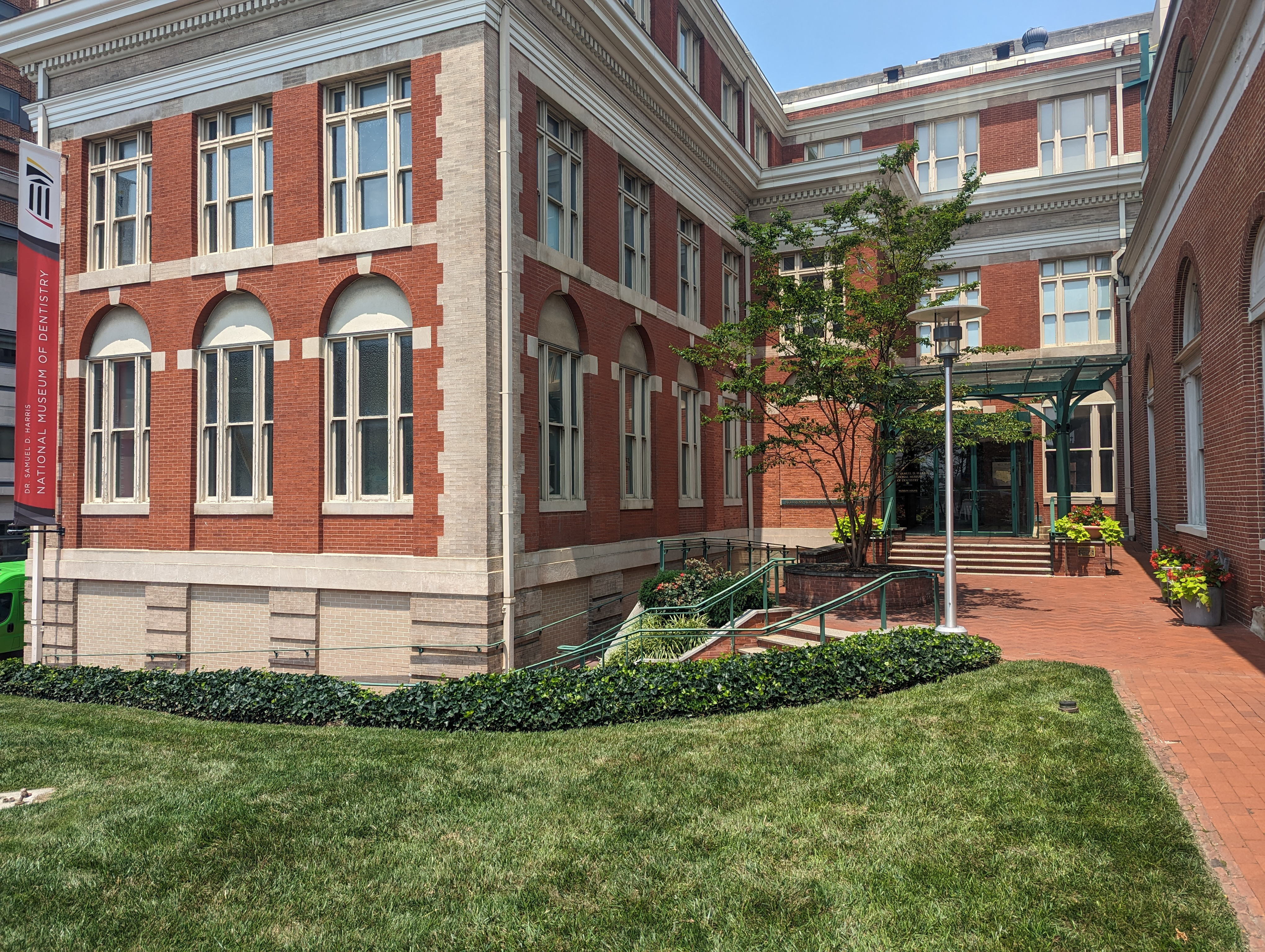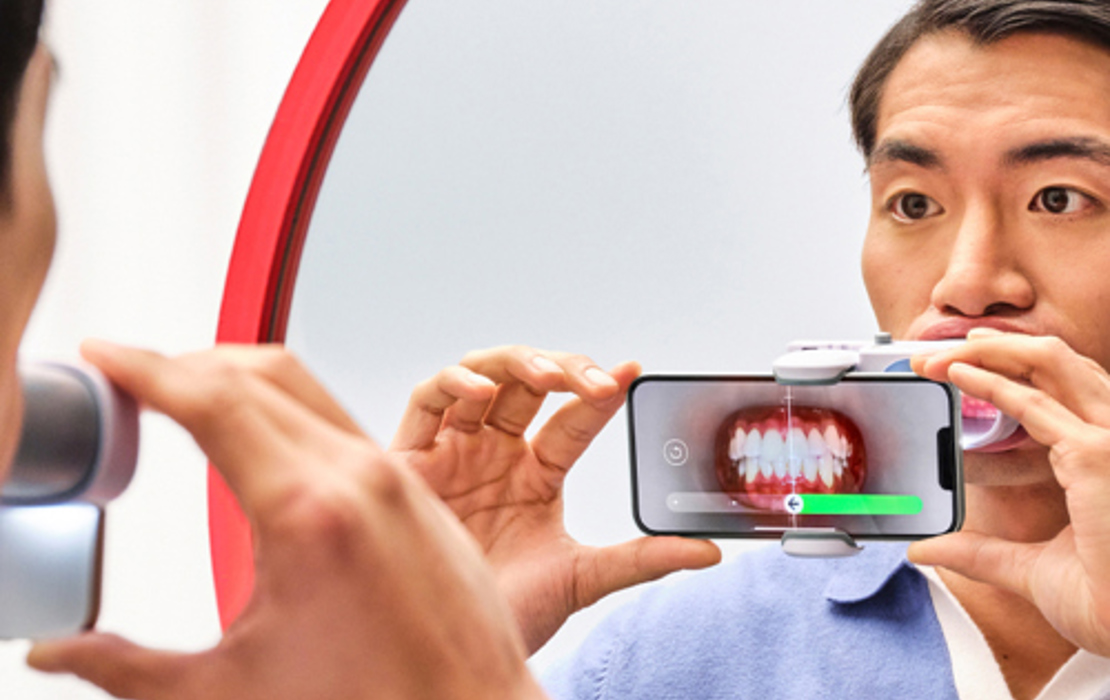Beyond the office: The storied history of dentistry
Dental museum offers programing, exhibits

Want to know a place where you can learn more about the past, present and future of dentistry?
Replete with an abundance of exhibits and artifacts, the Dr. Samuel D. Harris National Museum of Dentistry in Baltimore, Maryland, offers just that. The longtime Smithsonian affiliate boasts an object collection of more than 40,000 dental instruments, personal oral care items and artwork and has been recognized by Congress as the official museum of the dental profession.
Some of the National Museum of Dentistry’s goals are to improve oral health through educational programs, serve as the leading steward of dental history and be the cultural bridge between the dental profession and the public. It also aims to make sure dentists are aware that there is a museum dedicated to the heritage of their profession.
Richard Manski, D.D.S., chair of dental public health at the University of Maryland School of Dentistry, executive director of the museum and an ADA member, encourages dentists of all ages to visit the museum since all have contributed to the profession in some way.
“What we really want is our dentist colleagues to know [about the museum]. We consider the museum to belong to them, and we want them to know about it,” Dr. Manski said.
The National Museum of Dentistry features several ADA artifacts, such as the ADA Theatre, which includes vintage public service announcements from the Association and educational animations from the National Institute of Health. It also features a portrait of the first ADA president, Dr. William Henry Atkinson, on display on the second floor, as well as transactions of early ADA meetings.

The museum opened in 1996 and is located on the site of the University of Maryland’s first Dental Infirmary and Laboratory Building, which used to be part of the dental department in the school of medicine. The building has recently undergone renovations to its infrastructure and several exhibitions.
According to Patrick Cutter, assistant director at the National Museum of Dentistry, the updated museum features everything from an exhibit on the types of smiles seen around the world to the increasing inclusiveness of the profession to the science behind teeth. There are also displays about the history and evolution of dentistry, reactionary care versus preventative care and even the advent of toothbrushes as an oral health triumph in the early 20th century.
“Even though we are the museum of the dental profession, we’re also a museum about how that came to be,” Mr. Cutter said. “We focus a lot on the triumphs and challenges that dentistry has faced in really being a profession that people have gone from fearing to actually accepting and being happy to have it a part of their lives.”
He attributes recent happiness to advances and improvements in dentistry that have resulted in more people than ever being able to keep their teeth and smiles throughout their lives.
Dr. Manski said that because the museum essentially serves as a repository for the story of dentistry, it can actually help dentists learn more about the history of oral health — and maybe even themselves.
“For my colleagues in practice, the museum really tells the story of who we are. It gives you a sense of where we came from, where we are now and where we’re going in the future,” Dr. Manski said. “For each of us that are in dentistry, it allows us to better understand who we are, how we relate to the profession and how each one of us actually contributes to that story of dentistry.”
For more information, visit dentalmuseum.com. Those who are unable make it to Maryland can visit the online exhibitions at dentalmuseum.com/online-exhibits/.



